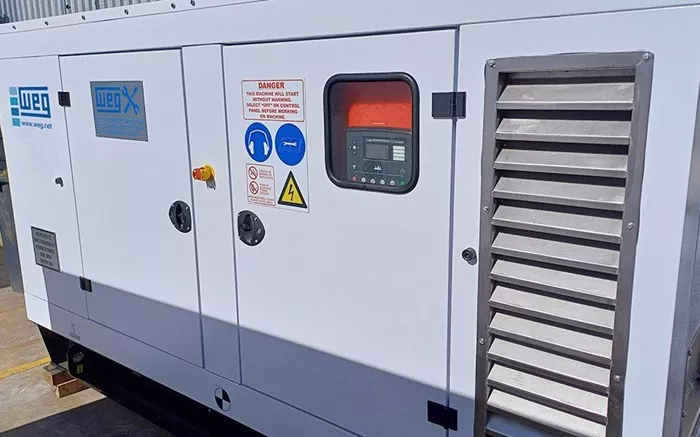Sales inquiries for generators and batteries have increased as residents in New South Wales (NSW) worry about potential power outages. The fears stem from recent disruptions at coal power plants and a heatwave just before summer.
SmartChannel, a retailer of generators and batteries, has seen a 60% rise in demand for its Outbax generators over the past three months. There has also been a significant increase in inquiries for VoltX home batteries, as people seek reliable backup power solutions.
“People are becoming more aware of power outages and weather events. Some are concerned about the aging infrastructure,” said Ankur Ashta, of Sydney-based SmartChannel. “They want to be energy-independent and self-reliant.”
The Australian Energy Market Operator (AEMO) stated that while power generation reserves in NSW are “manageable” despite rising temperatures, power supplies remain at risk over the next few days due to several outages and breakdowns at large generation units.
AEMO has also issued alerts about insufficient spare generation reserves in Queensland on Wednesday and Thursday.
AEMO CEO Daniel Westerman said that contracts with major energy users could be activated to reduce their consumption and free up electricity for households if needed.
The concerns are linked to delays in the development of clean energy sources to replace aging coal plants and the lack of adequate storage to balance the intermittent output of wind and solar power.
Peter Nash, a resident of Narara on the NSW Central Coast, said he has his petrol-powered generator ready in case of blackouts. “I reckon I’ll be using it tonight,” he said. “If the grid goes down, I can live normally.”
Temperatures are expected to peak at 40°C in Richmond, northwest of Sydney, on Wednesday. Brisbane will also experience warm weather, with temperatures exceeding 30°C in some areas, according to the Bureau of Meteorology.
AEMO warned that rolling blackouts could be a risk in NSW as high demand for air conditioning could overwhelm the reduced generation capacity. Several coal units in NSW, Queensland, and Victoria are currently unavailable.
“Ongoing heatwave conditions combined with significant generation outages in NSW tomorrow and Thursday remain a risk,” an AEMO spokeswoman said. “AEMO is actively managing the situation and has issued updated Lack of Reserve notices, urging industry participants to respond to projected demand requirements in the coming days.”
SmartChannel’s Ankur Ashta noted that the uncertainty over power supplies is driving an increased demand for generators. People are taking steps to ensure they have power during the hot weather and unpredictable summer storms.
“Generators are doing extremely well for us. They are very reliable because as long as there’s petrol available, they keep running,” Ashta said.
Although AEMO has downgraded warnings for NSW and Queensland, mid-level alerts for insufficient generation reserves remain in place in both states. AEMO has mobilized the industry to minimize blackout risks, including recalling generating units and transmission lines from maintenance outages.
In Queensland and NSW, grid owners Powerlink and Transgrid are working with AEMO to maximize available transmission capacity.
“We are reviewing planned outages on Powerlink’s transmission network, as well as ensuring the Queensland-NSW interconnector is operating efficiently,” said a Powerlink spokesman.
The risk of blackouts follows the decision by the NSW government to extend the life of Origin Energy’s Eraring coal generator on the Central Coast by two years, until 2027.
While investments in new clean generation capacity are picking up, they are largely supported by government schemes that will phase out this decade.
Louisa Kinnear, head of the energy industry’s peak body, said a recent government review of energy market rules will need to focus on future investments in a mix of technologies, including wind, gas, and long-duration storage, to maintain stable electricity supplies.
Meanwhile, consultancy EnergyQuest has issued a new warning about possible gas shortages in NSW and Victoria in the coming years. According to their report, NSW will only meet 70% of its winter gas demand by 2026-2028. In Victoria, the share of gas supplied by LNG imports will rise from 32% in 2028 to 55% by 2030.
Related Topics
- NV Energy Restores Power To Mt. Charleston Residents After Weekend Outages
- Power Equipment Partners With Eniquest To Distribute Diesel Generators
- Will My Generator Run My Air Conditioner?

